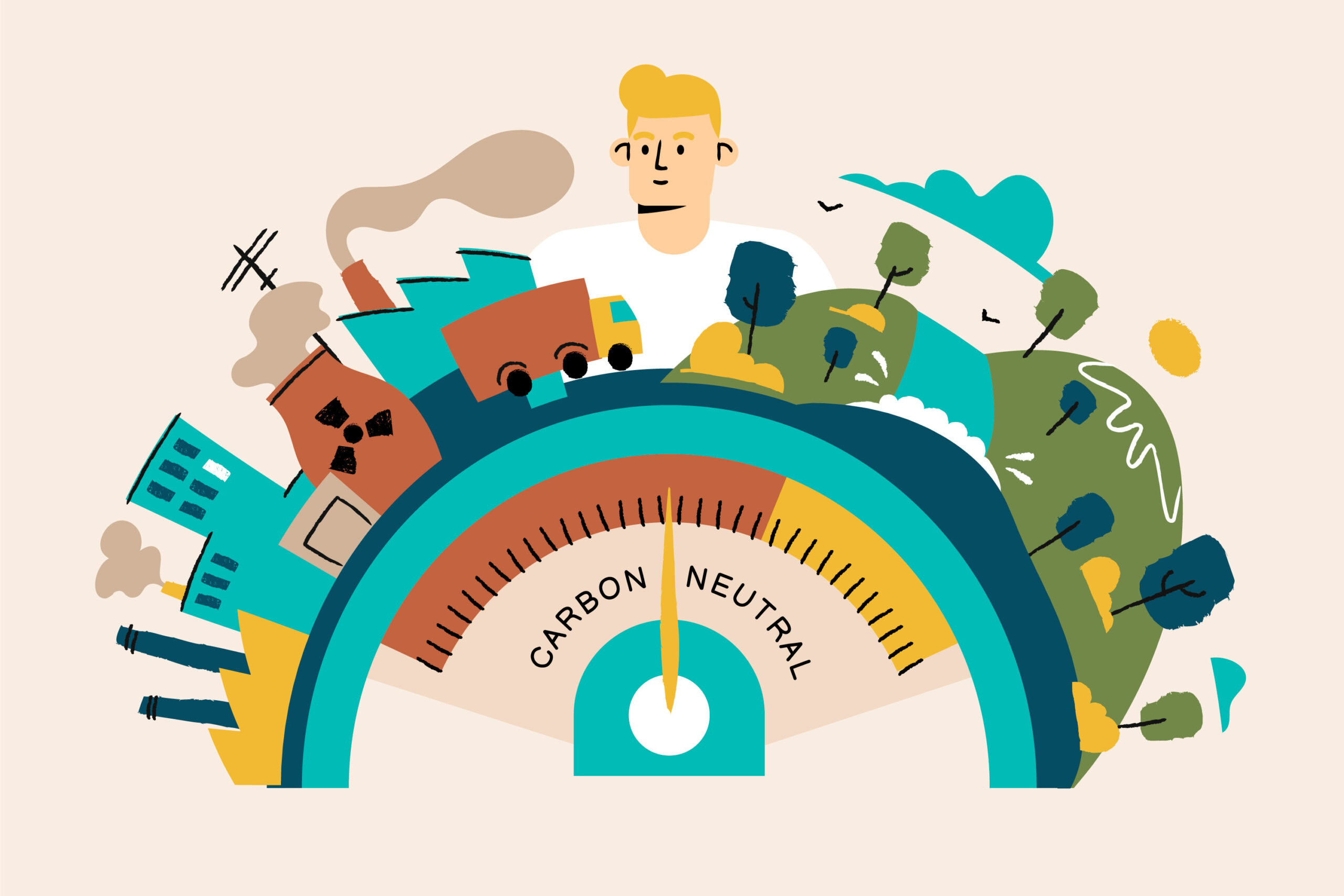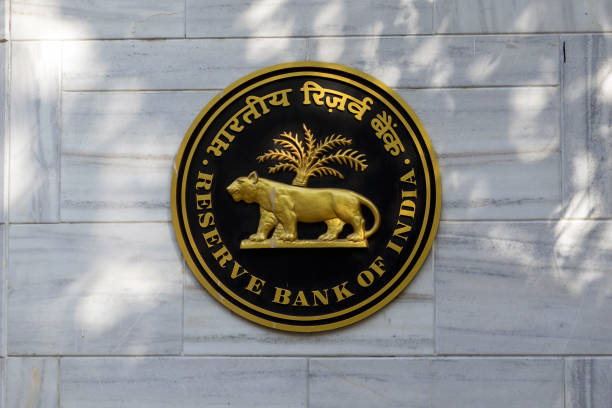A rise in grocery prices might be the most visible way climate change touches everyday life, but for India’s 6.3 crore micro, small, and medium enterprises (MSMEs), the threat runs far deeper. From factory floors in Faridabad to garment hubs in Tiruppur, climate volatility is becoming an existential business risk one that’s not only reshaping India’s development path but also challenging global perceptions of how resilient small businesses truly are.
Reports indicate, climate-induced inflation has already begun to bite into household wallets. But the knock-on effects on enterprises especially MSMEs are more subtle, systemic and structurally dangerous. While the world debates green transitions and net-zero goals, many small enterprises are struggling with a more urgent question: How do we survive the next flood, drought or heatwave?
Physical Disasters, Financial Casualties
From Cyclone Michaung (2023) in Tamil Nadu to the Gujarat floods (2022), India has witnessed a string of climate disasters in just a few years each one disproportionately impacting small businesses. The Kerala floods of 2018 damaged over 15,000 MSMEs, with losses exceeding ₹400 crore. Gujarat’s floods wiped out inventories and machinery worth over ₹5,000 crore, bringing local clusters to a standstill. And Tamil Nadu’s cyclone disrupted 4,800 MSMEs, resulting in an estimated ₹3,000 crore in losses.
Globally, the European SME sector saw over €10.6 billion in climate-related damages in 2022 alone. These numbers are not abstract. They translate into cash flow disruptions, suspended operations, and lost livelihoods especially for enterprises with limited insurance coverage or financial buffers.
Input Costs, Supply Chains and Survival
Small businesses in India particularly those in agro-linked, textile or light manufacturing sectors are grappling with rising input costs due to supply chain disruptions caused by erratic weather. Unpredictable rainfall or heatwaves lead to crop failures, which impact raw material prices. Unstable electricity supplies due to heat stress or flooding further raises operational costs.
The second-order effect? Higher insurance premiums, limited access to formal credit and a growing perception among lenders that climate-exposed MSMEs are “too risky to finance”. In Germany, over 70% of SMEs expect climate-related regulations to raise costs. Indian MSMEs, already thinly capitalized, now face a two-front war environmental volatility and tightening financing norms.
Even workforce productivity is taking a hit. A study by Down to Earth and WRI India notes increased absenteeism and health issues among industrial workers due to heat stress, leading to missed deadlines, penalties, and production loss.
The Geography of Risk
What makes this even more concerning is the geographic concentration of risk. Many Indian MSMEs are located in regions acutely vulnerable to climate shocks flood-prone Assam, coastal Tamil Nadu, drought-hit Maharashtra. In rural and semi-urban India, where infrastructure is often fragile and public relief slow, the effects can be devastating.
These are not just business losses they’re setbacks to local employment, rural income generation and the economic stability of entire districts. When a microenterprise shutters in Jalgaon due to drought or a small textile unit in Erode suspends operations due to flooding, the ripple effects are immediate and deeply felt in local economies.
The Missed Finance Opportunity
The IFC estimates that over 70% of emerging-market SMEs are unaware of climate finance opportunities. Worse, most of them especially in Indias struggle to access adaptation or mitigation funding even when they are aware. The total finance gap for climate action among SMEs in emerging economies is pegged between $1.7–3.4 trillion annually.
Despite a growing ecosystem of “green finance,” the uptake among MSMEs remains dismally low. The complexity of applications, lack of handholding, and absence of locally adapted financing products are key reasons. Even where programs like SIDBI’s Green Climate Fund exist, awareness and last-mile reach are limited.
Signals of Adaptation
To be fair, signs of innovation and resilience are emerging. MSMEs in Surat’s textile cluster have begun investing in solar rooftops. Units in Faridabad’s auto sector are exploring water recycling. Some are switching to sustainable packaging or forming co-operatives to purchase disaster insurance collectively.
But these are outliers, not the norm.
A 2023 survey by the SME Climate Hub found that while 61% of global SMEs believe customer demand is pushing them toward sustainability, most lack the capital, skills or policy clarity to act decisively.
In India, climate resilience among MSMEs remains fragmented, largely donor- or scheme-driven and rarely embedded in long-term business strategy.
A Turning Point
MSMEs contribute nearly 29% to India’s GDP and employ over 110 million people. They are also integral to the country’s ambitions of becoming a global manufacturing and export hub.
If India is to future-proof its economic engine, MSMEs must be placed at the center of climate adaptation and resilience planning.
Climate change is no longer a future risk for India’s small businesses it’s a present and growing threat. The economic cost is real and the human cost even more so. But with coordinated action, targeted financing and a renewed policy push, India can not only shield its MSMEs from climate fallout it can also empower them to lead the green transition from the frontlines.
Because the battle for economic resilience in the age of climate change won’t be won in boardrooms it’ll be won in the workshops, fields and factory floors of India’s smallest, scrappiest businesses.











